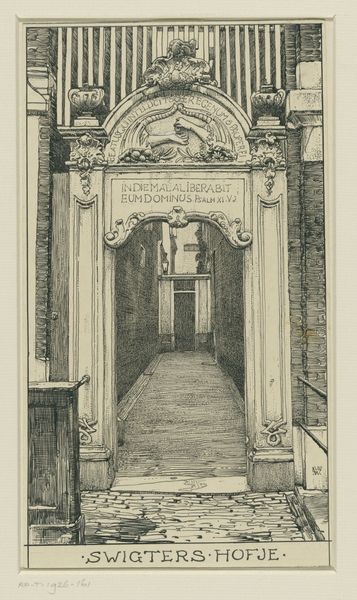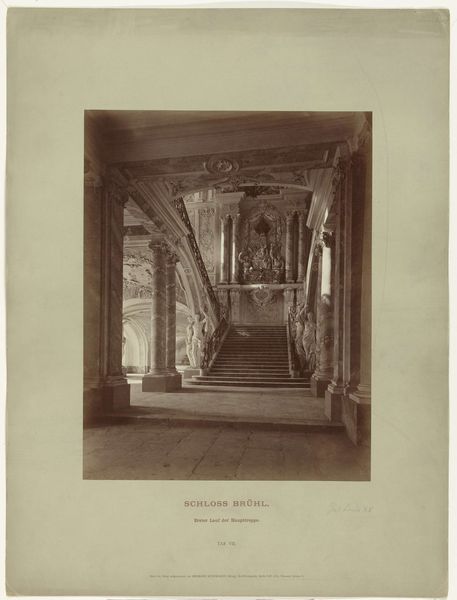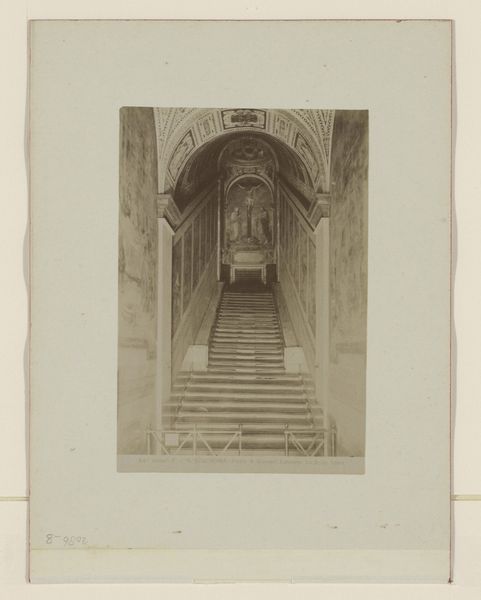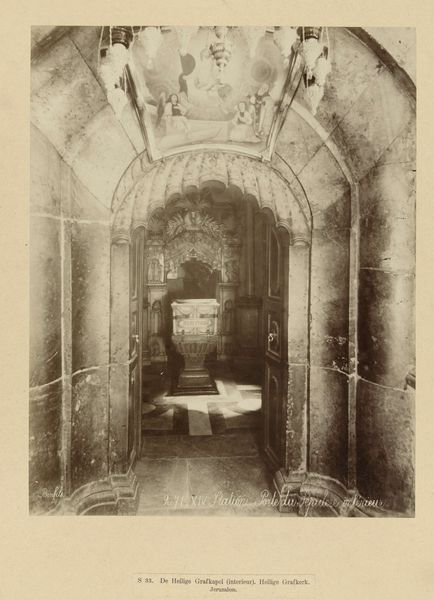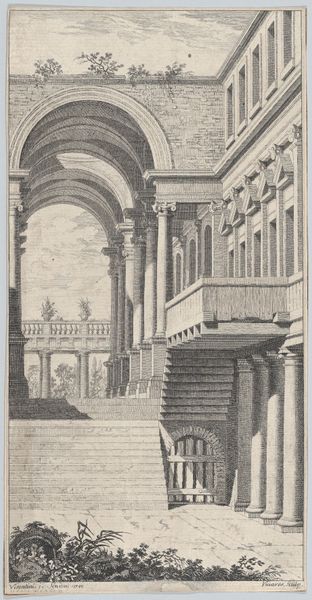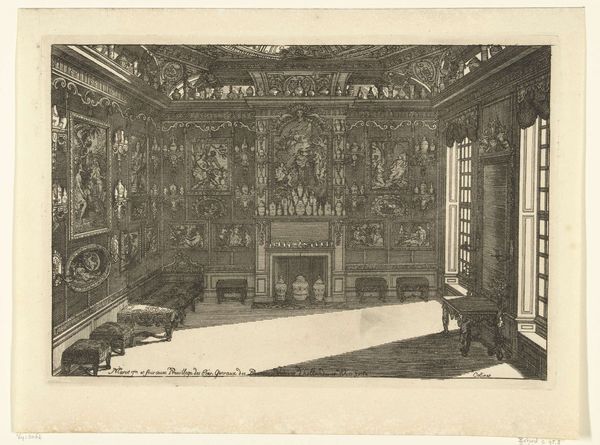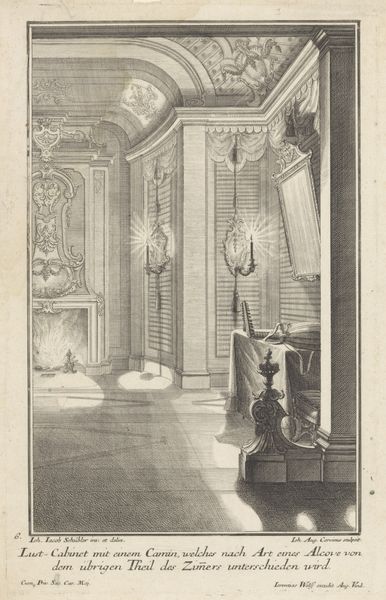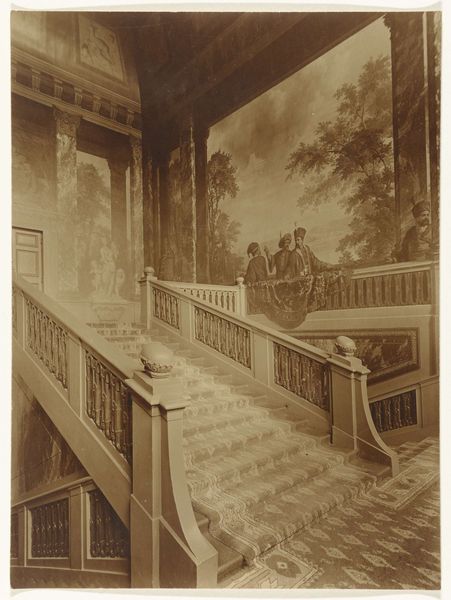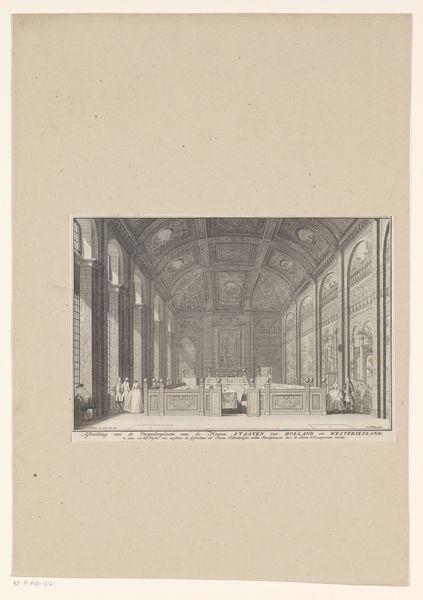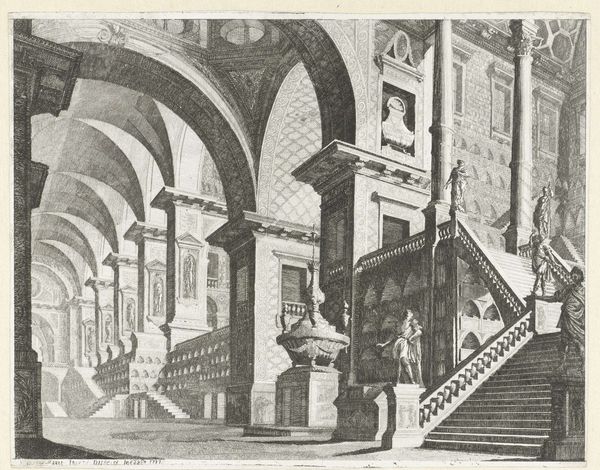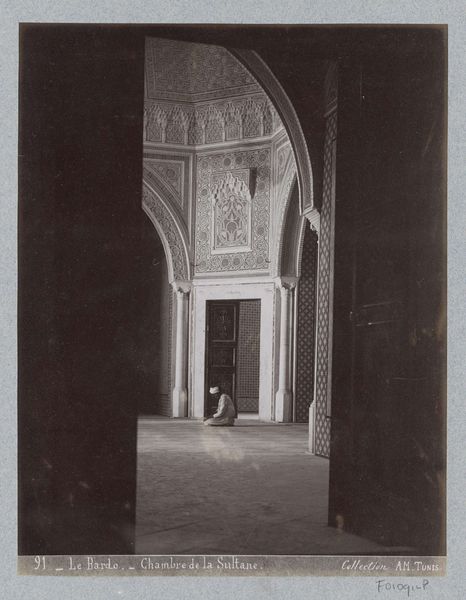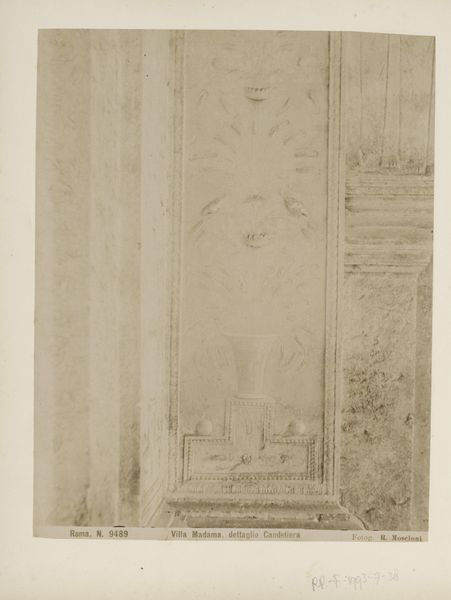
print, photography
#
portrait
# print
#
sculpture
#
photography
#
romanesque
#
geometric
#
ancient-mediterranean
#
cityscape
#
statue
Dimensions: height 242 mm, width 194 mm, height 309 mm, width 507 mm
Copyright: Rijks Museum: Open Domain
Editor: This is "Rome. Scala Santa," a print made by Fratelli Alinari between 1893 and 1903, depicting a grand staircase. It has such a strong architectural presence; it feels almost oppressive in its scale and symmetry. What is your take on this image? Curator: This photograph offers more than just an architectural record; it captures a potent site of religious and cultural performance. The Scala Santa, traditionally believed to be the steps Jesus walked on his way to trial, isn't simply a staircase. It is a stage where penitents, historically, have ascended on their knees, re-enacting Christ's suffering. Editor: Re-enacting Christ's suffering… That’s powerful. So, the act of climbing these stairs is as important as the staircase itself? Curator: Precisely. The Alinari brothers, as photographers, documented not just monuments, but also the social and spiritual practices enacted within and around them. Consider the photographic gaze here: does it offer reverence or observation? It presents a specific perspective, one shaped by the complexities of Italian identity and religious tradition in the late 19th century. Editor: It makes me wonder who they were photographing. And who this image was intended for. Were these prints sold to tourists, maybe? Or was there a deeper, political message embedded within? Curator: These are vital questions. Understanding the photograph requires an interrogation of its circulation. Who had access to it, and what did they make of it? This photograph speaks to both religious devotion and the burgeoning tourist industry capitalizing on Rome's sacred sites, feeding into complex relationships between faith, history, and commerce. What have you gleaned? Editor: I hadn't considered the photograph itself as a commodity, playing a part in a larger cultural and economic landscape. This makes me realize the importance of context in interpreting such a seemingly straightforward image. Curator: Absolutely. Understanding its context helps us to move beyond its surface.
Comments
No comments
Be the first to comment and join the conversation on the ultimate creative platform.

